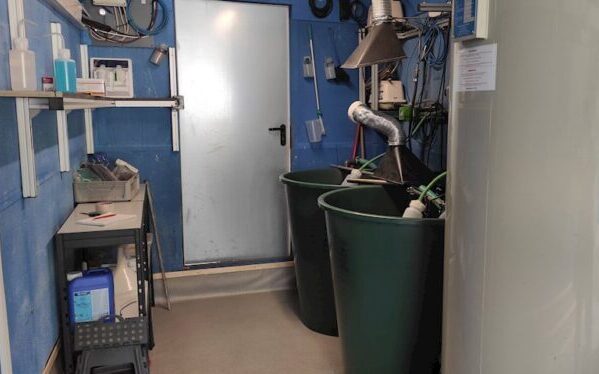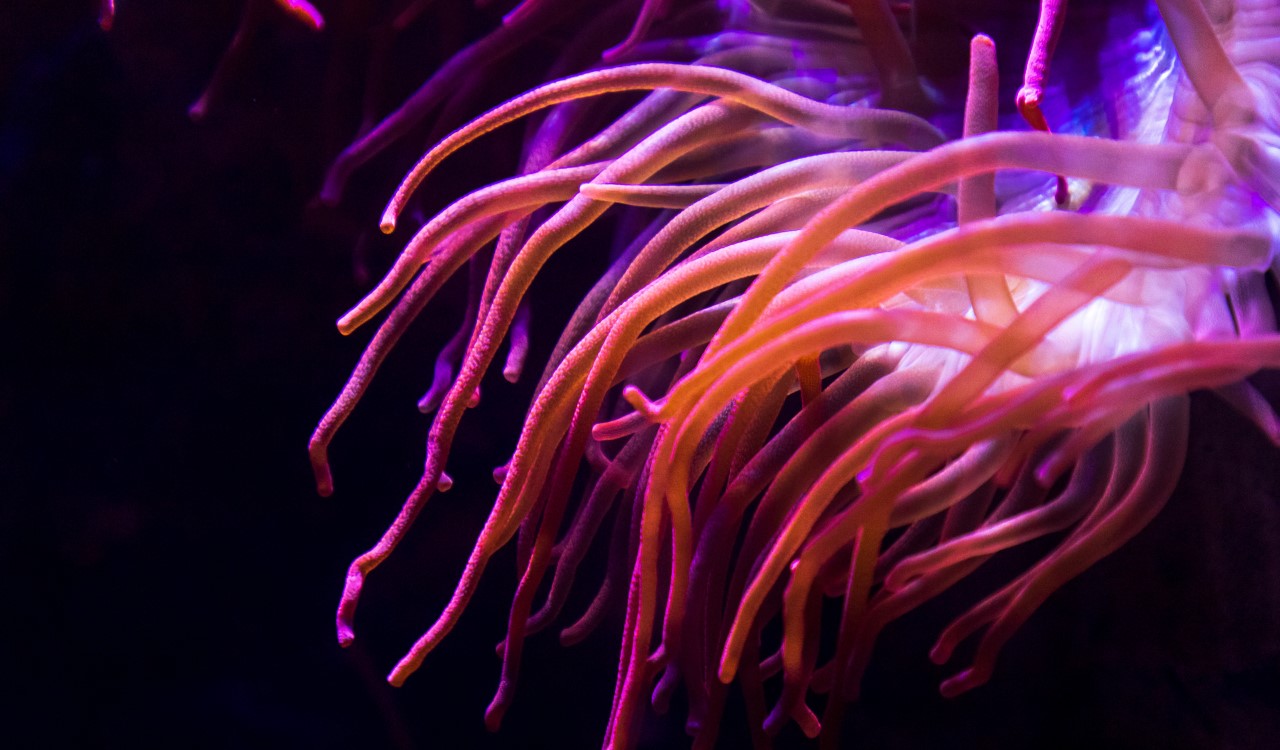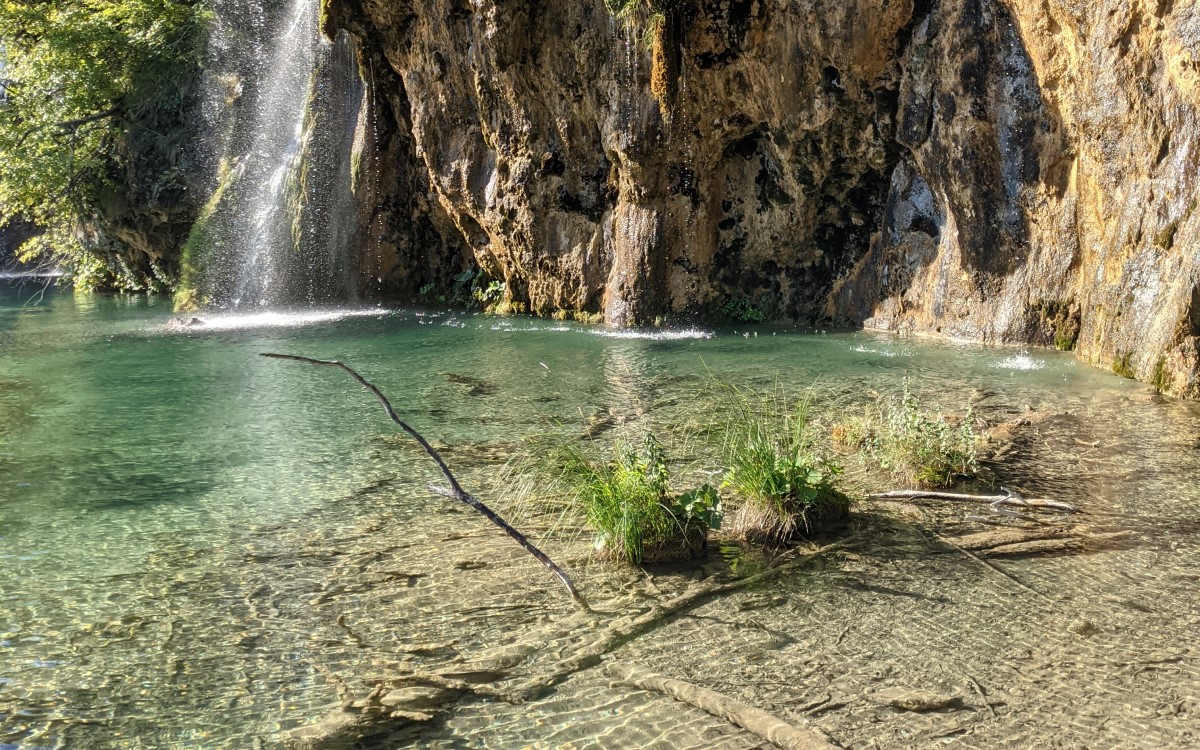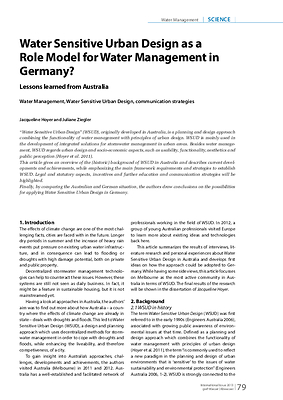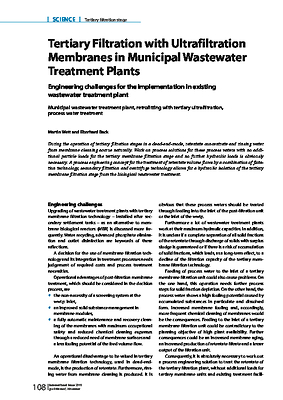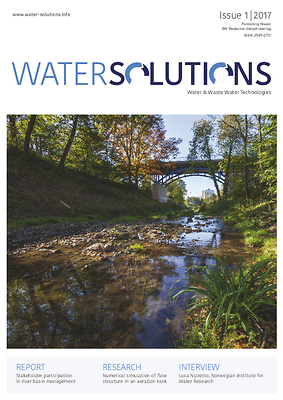April 12, 2023 Ι The screening experiments in the beginning of 2022 allowed an identification of suitable residual streams from the food industry. Upscaling the process was the next step. In the Capitalisation Phase of the WOW! project, the previously used PHA-pilot is operated using residual streams.
In the first step, the residual stream is acidified over six days in an anaerobic acidification reactor, before the substrate rich in volatile fatty acids is separated by centrifugation. The substrate is then used in the two-step process for PHA-production using mixed microbial cultures (MMC) from the biological stage of a sewage treatment plant. To obtain an MMC rich in PHA-accumulating bacteria, activated sludge from a sewage treatment plant was used as inoculum for the enrichment under aerobic conditions, as described by Uhrig et al. (2022). To evaluate the MMC’s PHA-storing capacity, pulse-feed accumulations were performed with a feed-rate of 100 mg CODVFA/L.
Screening results for PHA production
The main focus of the pilot experiments is on the observation of how changing substrate compositions affect the overall process of PHA-production. The screening results showed promising results for PHA production using sewage from the brewery, which was used as the first substrate over a time period of 2 months, before a residual stream of a fruit juice factory was used for PHA production. In case of the residual stream of the brewery, due to a varying composition of the VFA-rich substrate, the results show a changing ratio of polyhydroxybutyrate (PHB) and polyhydroxyvalerate (PHV), varying from PHB:PHV ratios of 93:7 to 72:28 in the so far conducted experiments However, not only the composition of the PHA varies, but also the PHA-content within the biomass.
These results show that there is a need for better understanding and optimising the process to obtain a stable composition as well as a consistent amount of PHA.
More InformationReference:
Uhrig, T.; Zimmer, J.; Bornemann, C.; Steinmetz, H. (2022): Report on optimised PHA production process layout. Project report, Wider business Opportunities for raw materials from Wastewater, Interreg North-West-Europe.
